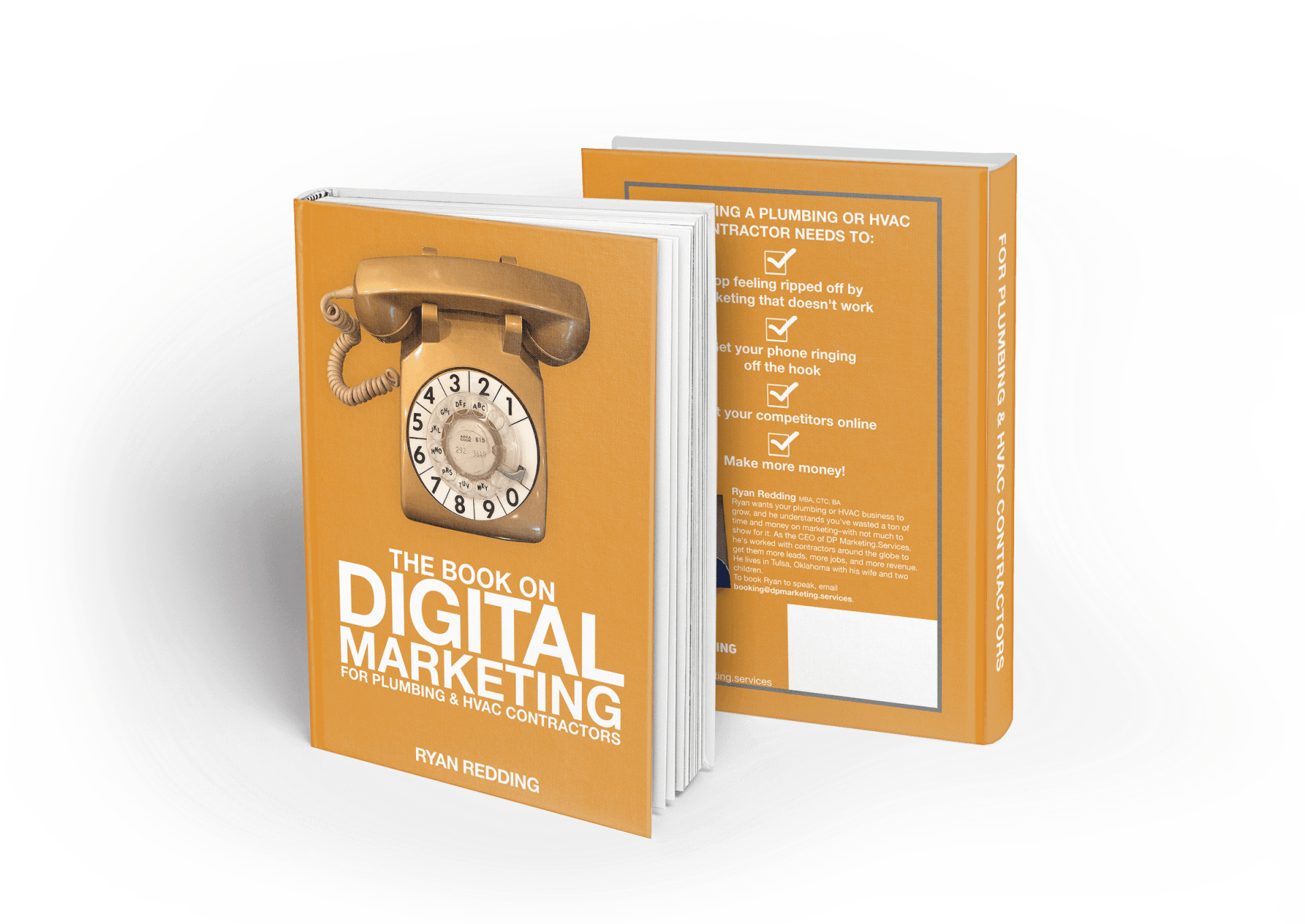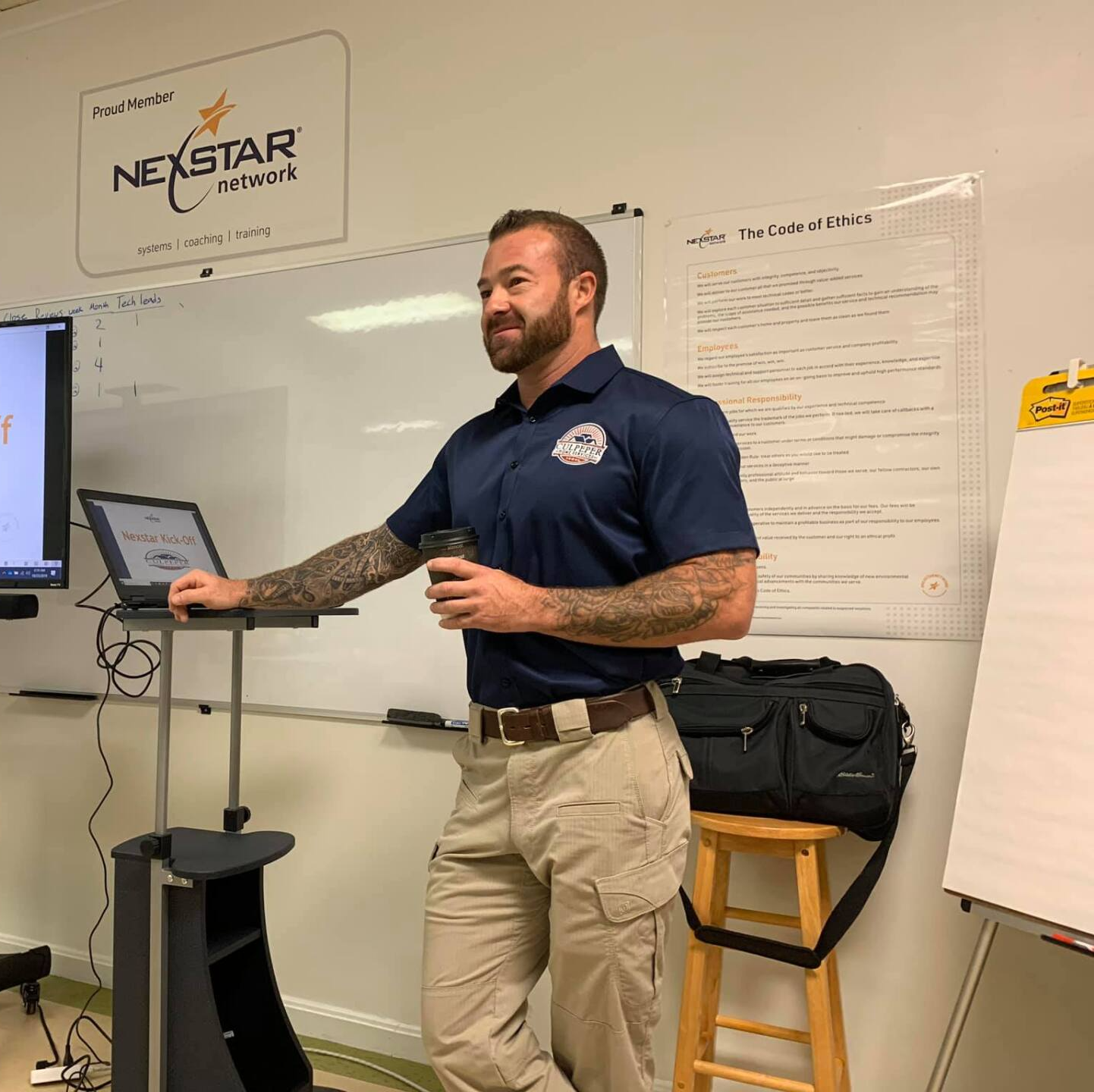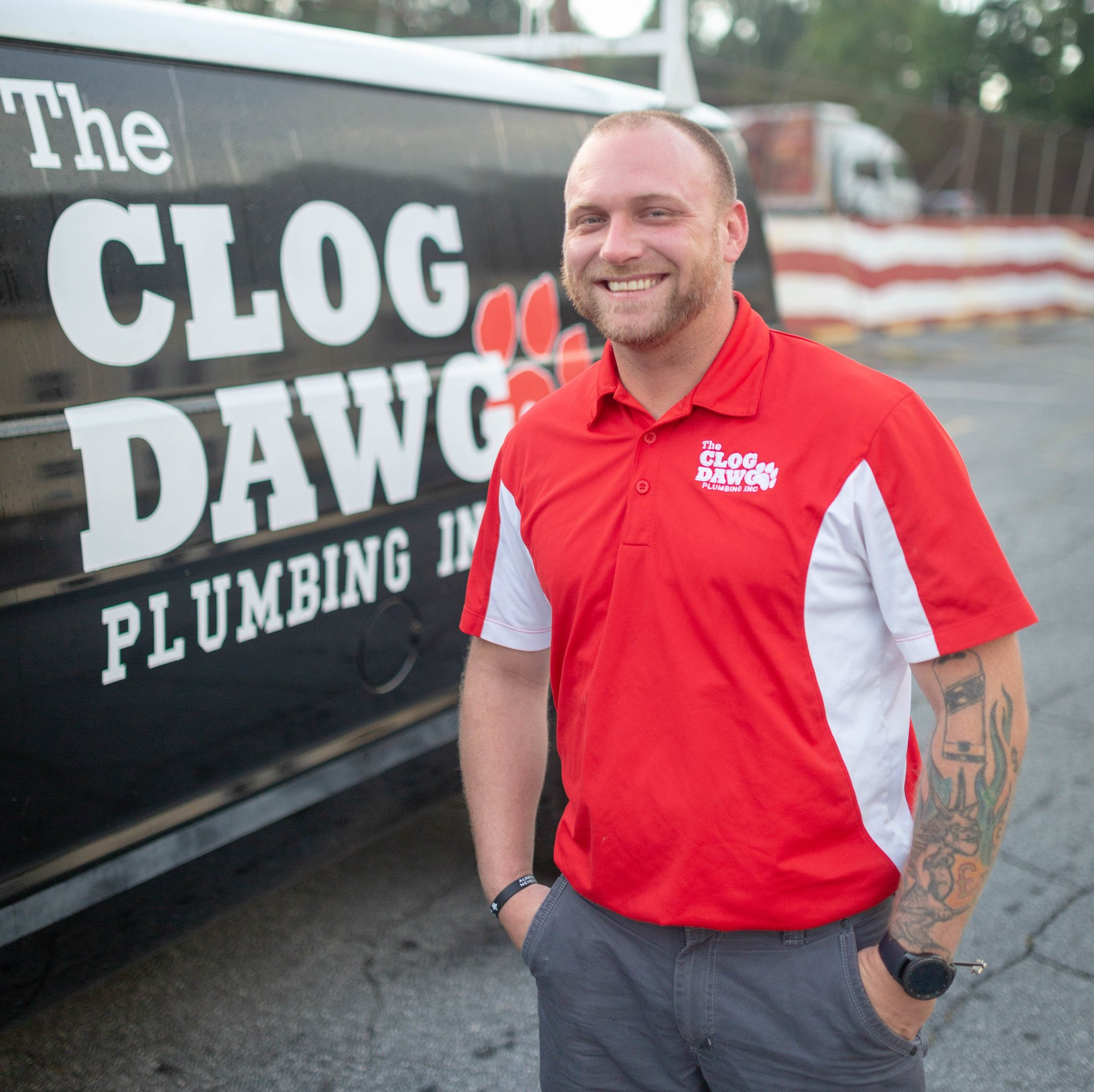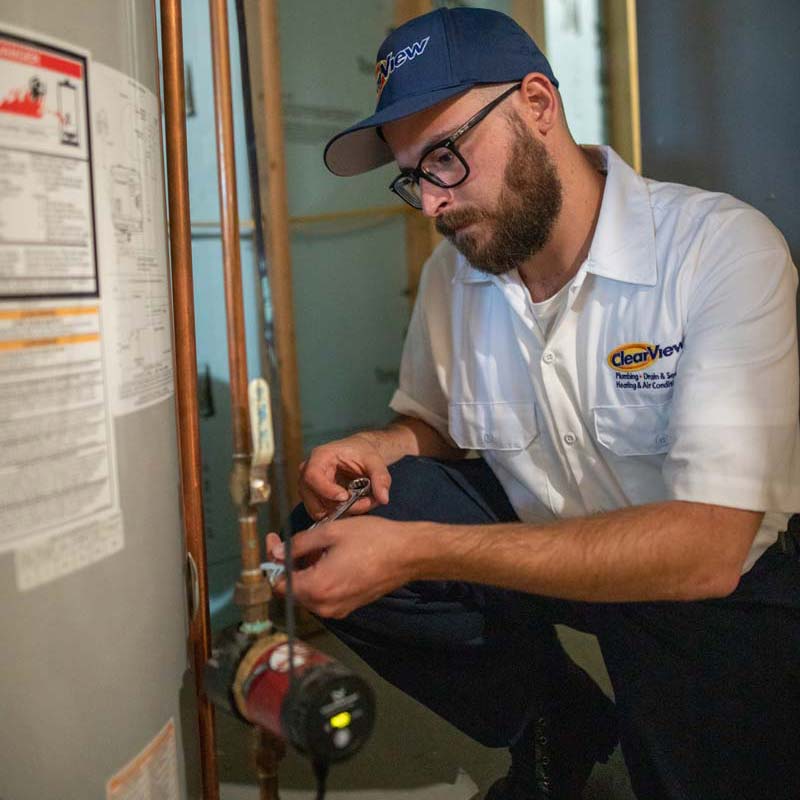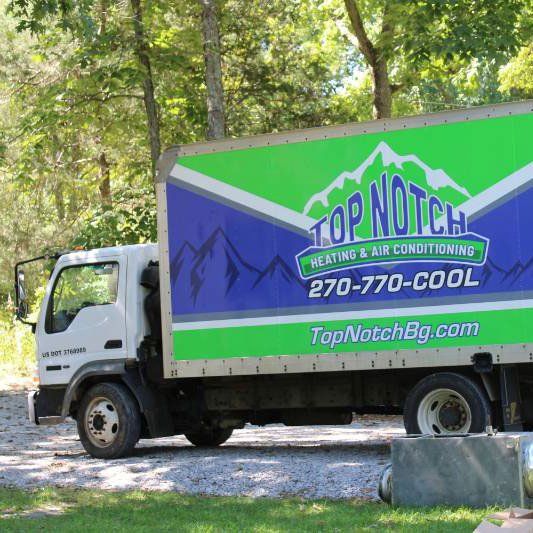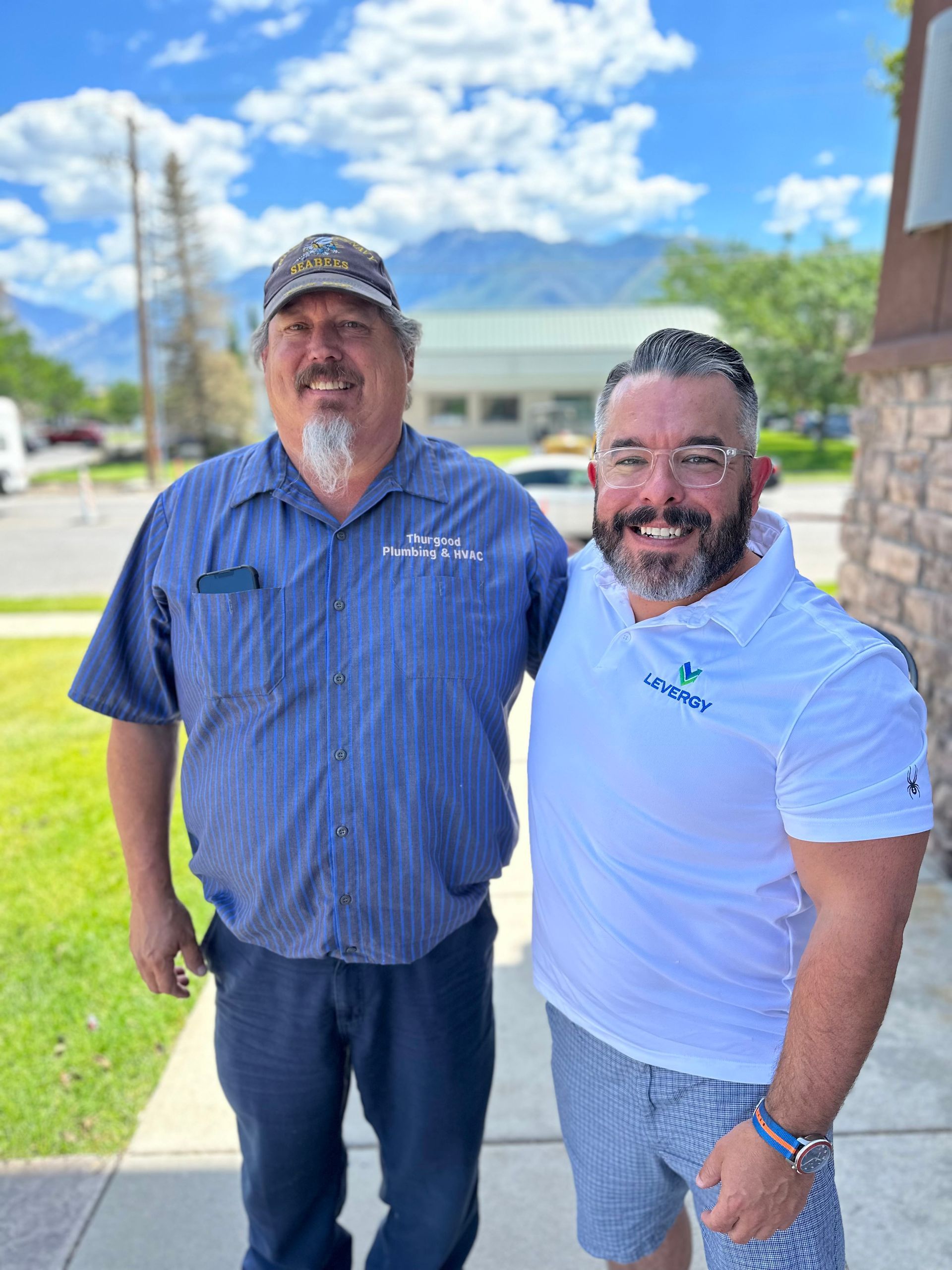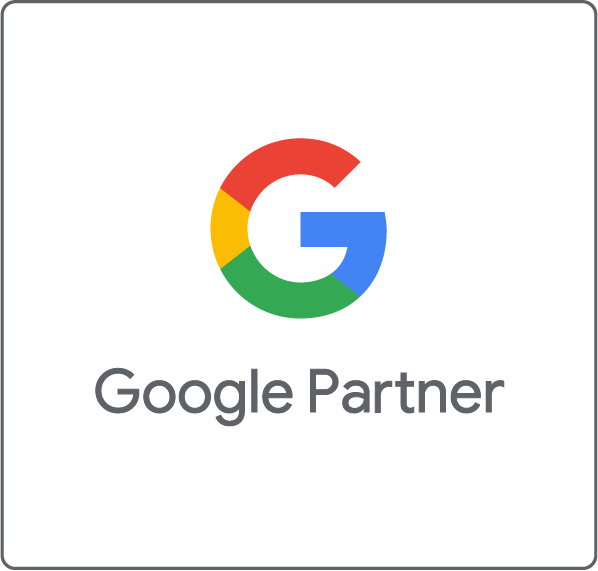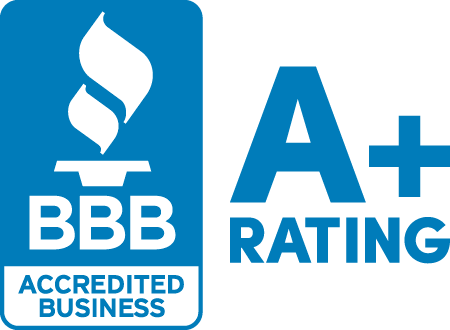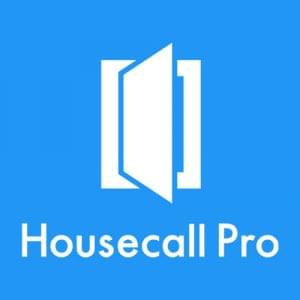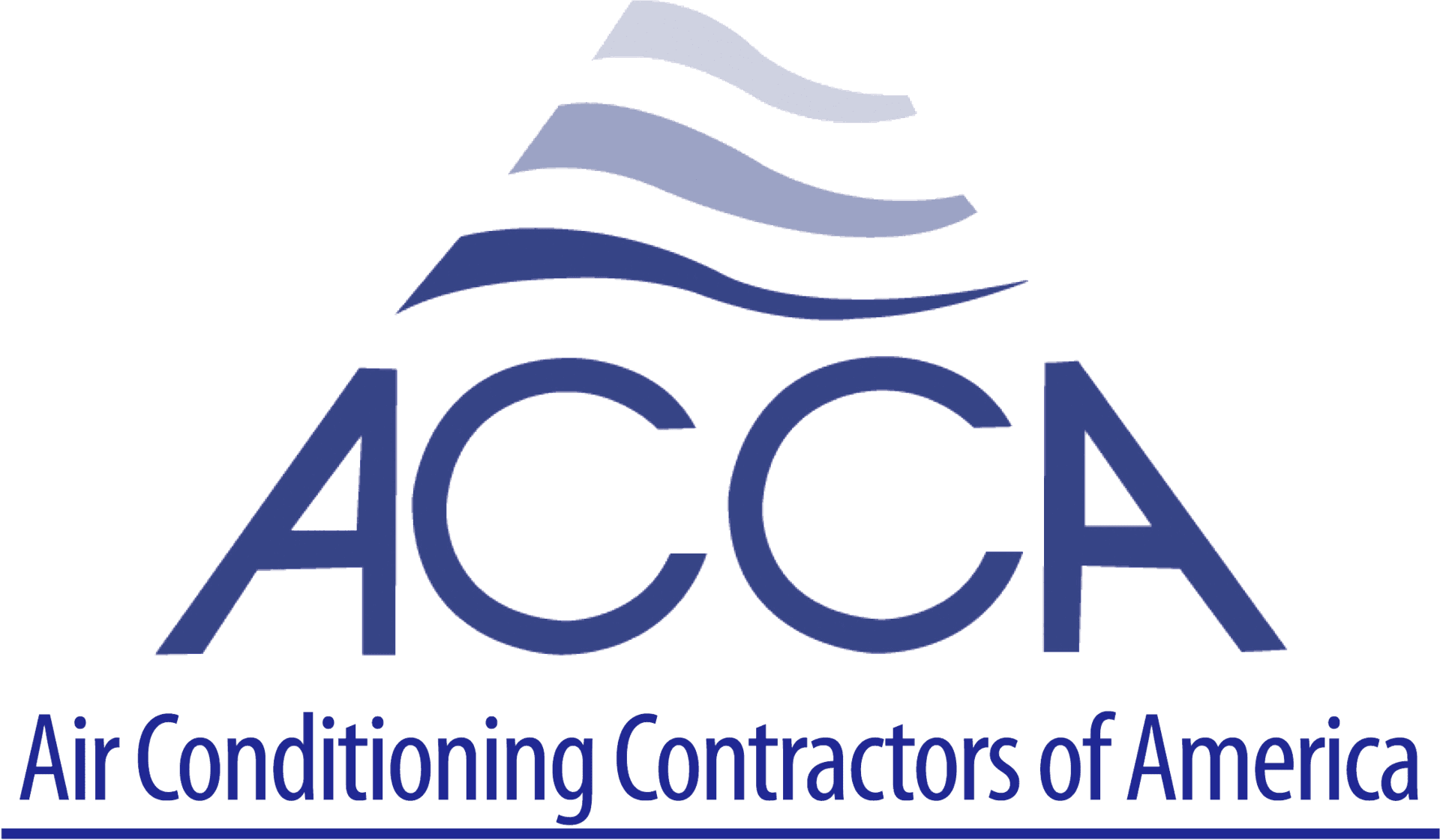How Marketing and Ops Work Hand in Hand to Maximize ROI in Home Services

How Marketing and Ops Work Hand in Hand to Maximize ROI in Home Services
Alright folks, let’s dive deep into the heart of your home service business, where marketing shakes hands with operations. If you're thinking marketing alone will skyrocket your ROI- spoiler alert: that's not entirely how this works. Yes, marketing is the flashy frontman getting the leads in, but operational excellence is the rock-solid drummer keeping the beat that drives your business forward. Let's break it down on how these two powerhouses collaborate to not just meet but beat those ROI expectations.
So before you start blaming whatever marketing vendor you're using for poor ROI, let's help upgrade your knowledge here.
Understanding the Core Operational KPIs
When we talk about maximizing ROI in home service businesses, it's essential to dive into the core operational KPIs (Key Performance Indicators) that drive profitability and efficiency. Each KPI impacts the bottom line distinctly, and together, they form a comprehensive view of your business's health and performance. Let's examine a few of them in detail:
1. Answered Calls
Answered calls are a fundamental metric for any service-oriented business, especially home services. This KPI directly correlates with customer satisfaction and revenue generation. When a call goes unanswered, it represents a lost opportunity for business and a potential dent in the company's reputation. If a business answers 100 calls per day and each potential booking averages $200, a 50% call answer rate results in a daily loss of $10,000—or $3.65 million annually. (And, if you haven't figured it out yet, you probably pay a ton of money to have that phone ring to begin with.)
Improving this metric involves optimizing staffing strategies, employing efficient call routing technologies or automation to capture every opportunity, and perhaps most importantly, training your team to handle calls effectively. Enhanced training ensures that every customer interaction adds value, encouraging positive customer experiences and increasing the likelihood of conversions.
2. Booking Rate
Booking rate measures the effectiveness of your team in converting calls or inquiries into confirmed appointments or sales. It's a direct indicator of the effectiveness of both your customer service representatives (CSRs) and your marketing messages. For instance, improving your booking rate from 50% to 75% doesn't just increase your bookings; it enhances the ROI of every marketing dollar spent by making each customer interaction more likely to convert.
Strategies to improve booking rates include detailed CSR training on handling objections, creating a sense of urgency, and effectively communicating the value of the service. Additionally, implementing a streamlined booking process supported by technology can reduce friction for customers, making it easier for them to commit during the first interaction. (Pro tip: having an incredible reputation where your company is commonly considered to be 'the best' in the community also boosts this KPI.)
3. Average Ticket
The average ticket size, or the average amount invoiced per job, can significantly impact revenue. This KPI is influenced by various factors including the types of services offered, pricing strategies, and the effectiveness of upselling or cross-selling during service calls. For example, increasing the average ticket from $200 to $300, perhaps by bundling services or offering higher-tier service options, can boost revenue by 50%.
Enhancing average ticket sizes can involve training technicians and CSRs on the benefits of additional services, ensuring they can convincingly communicate these benefits to customers. It also involves analyzing service data to identify the most commonly requested add-ons or premium services that resonate with your customer base.
4. Closing Rate
The closing rate is particularly critical in competitive markets or for services that require upfront quotes. It measures the percentage of quotes that convert into actual jobs. Boosting this rate from 50% to 75% directly increases revenue and makes each customer interaction more valuable.
Improving the closing rate can involve several strategies, such as follow-up systems to keep your business top-of-mind for customers considering a service, offering incentives for immediate bookings, or providing financing options for more expensive services. Additionally, ensuring that quotes are competitive and transparent can help build trust and encourage customers to choose your service over competitors.
Each of these KPIs offers a unique lever to pull in striving for better business performance. By measuring and optimizing these metrics, home service businesses can not only improve their operational efficiencies but also enhance the effectiveness of their marketing efforts, ensuring that each element of the business is working towards common goals of growth and customer satisfaction. This holistic approach to business management is crucial for sustained success in the competitive home services market. And remember- these aren't ALL the KPIs. But together, they represent some pretty powerful levers for you to begin deploying.
If you need somewhere to start on this short list, focus first on
average ticket and
closing rate. Solid sales gives you cash quickly- and cash provides you with options.
Synergy Between Marketing and Operations
Now, let’s blend that operational smoothie with some marketing juice:
1. Marketing Feeds Operations
Marketing’s job is to bring the crowd, but they gotta be the right crowd (see our guide on creating customer personas). Tailored marketing strategies help attract leads that are more likely to convert, fitting right into the operational workflow like a glove. Using data-driven marketing to target the right demographics ensures that the operations team isn't just busy, but productively busy.
2. Operations Amplifies Marketing
On the flip side, slick operations provide fantastic fodder for marketing. Happy customer stories, speedy service stats, and rave reviews—these are gold for marketers. They use this ammo to fire up campaigns that resonate with reliability and trust, drawing in even more customers.
3. Technology Ties It Together
Leveraging technology like CRM systems helps in aligning marketing campaigns directly with operational capacity. It ensures marketing doesn’t write checks operations can’t cash. Plus, it gives real-time feedback on what’s working, allowing quick pivots and more personalized marketing.
Show Me The Math
If you're like most people, you're probably just a bit skeptical on this. Sure, it sounds fine... but maybe it's a bit too exaggerated?
Maybe. Let's take the emotion out of it, and walk through the actual numbers.
Scenario 1:
- Answered Calls: 100
- Booking Rate: 90%
- Closing Rate: 90%
- Average Ticket: $1,000
Calculations:
- Booked Jobs: 100 calls x 90% booking rate = 90 booked jobs
- Completed Jobs: 90 booked jobs x 90% closing rate = 81 completed jobs
- Revenue: 81 completed jobs x $1,000 per job = $81,000
In this scenario, out of 100 calls, 81 jobs are successfully completed, generating $81,000 in revenue.
Scenario 2:
- Answered Calls: 100
- Booking Rate: 50%
- Closing Rate: 40%
- Average Ticket: $300
Calculations:
- Booked Jobs: 100 calls x 50% booking rate = 50 booked jobs
- Completed Jobs: 50 booked jobs x 40% closing rate = 20 completed jobs
- Revenue: 20 completed jobs x $300 per job = $6,000
In this second scenario, the company completes only 20 jobs from the same 100 calls, earning $6,000 in revenue.
This is why you cannot out-market bad operations.
Comparison and Impact:
Revenue Difference: $81,000 (Scenario 1) - $6,000 (Scenario 2) = $75,000
The difference in operational efficiency between the two scenarios results in a significant revenue gap of $75,000 from the same number of initial calls. This demonstrates the critical importance of optimizing each operational KPI:
Improving the Booking Rate means capturing more potential revenue from every call received.
Increasing the Closing Rate ensures that more of the booked jobs are actually completed and billed.
Raising the Average Ticket can substantially increase revenue without increasing the number of jobs or workload.
You want to improve your marketing ROI? These are the levers to pull.
Another quick comment: note that there is no mention of marketing expense as a relation to revenue. There's a reason for that.
Marketing in the context of home services shouldn't just be considered another line item in your budget—it should be viewed as an investment with potentially unlimited returns, dynamically scaled based on operational performance. Think of it this way: if your data shows that every dollar spent on marketing generates $20 in return, it's not just an opportunity—it's a signal to amplify your investment.
This approach transforms marketing from a fixed cost to a variable one that smartly scales with proven success rates. By aligning marketing spend with operational outputs and customer acquisition costs, businesses can adopt a more fluid spending strategy that maximizes ROI while continuously adapting to real-time feedback and results. This method ensures that your marketing budget is not just a number set in stone but a dynamic tool that adjusts to optimize growth and profitability, doubling down where returns are guaranteed and pulling back where they are not. That's not to say all marketing is created equal (SEO and
PPC and
Maps aren't really apples to apples), but it does mean when you track your data well, you'll be better equipped to make those decisions.
Operational Strategies for Home Service Giants
1. Training is Treasure: Regular Training for CSRs and Field Teams
Let's face it- scaling a business in the home service space is hard. Like- crazy hard. When customer interactions can make or break business growth, training isn’t just a box to check—it's an investment in your company’s future. Regular and comprehensive training for Customer Service Representatives (CSRs) and field teams ensures that every employee not only understands their role but also excels at it, turning first-time callers into long-term fans.
Effective training programs cover not just the basics of job functions but also enhance soft skills such as communication, problem-solving, and customer handling. For CSRs, this might include role-playing scenarios to handle challenging customer interactions or upselling services tactfully. For technicians, training might focus on technical skills and the latest industry standards but should also emphasize communication skills to ensure they can effectively interact with customers on-site.
Moreover, training should be seen as an ongoing process rather than a one-time event. Regular refresher courses ensure skills are honed, and knowledge is updated. This ongoing commitment to training can lead to improved customer satisfaction as employees are better equipped to handle inquiries and solve problems efficiently, which translates into positive reviews and increased customer retention.
Advanced training programs or best practice groups can also help incorporate new technologies and practices, keeping your team ahead of the curve and ready to handle emerging market demands. Additionally, empowered employees who feel invested in through training opportunities are likely to be more engaged, reducing turnover and fostering a positive work environment.
2. Tech Tools: Implement Tools that Enhance Scheduling, Dispatch, and Job Tracking
The backbone of any efficient home service business is its ability to schedule, dispatch, and track jobs effectively. Leveraging technology (like ServiceTitan) in these areas can drastically enhance operational efficiency, reduce wait times, and minimize cancellations, directly boosting customer satisfaction and retention.
Implementing state-of-the-art scheduling software helps streamline appointment bookings, allowing CSRs to manage schedules more effectively and reduce errors. Dispatch tools can optimize routes for service technicians, saving time and fuel—a benefit that also contributes to reduced operational costs and environmental impact. Job tracking systems ensure that managers and customers are kept informed about the status of their service calls, enhancing transparency and trust.
Such technological tools not only improve the efficiency of operations but also provide data that can be invaluable for strategic decision-making. Analyzing patterns in scheduling can help predict busy periods and plan accordingly, while dispatch data can optimize routes over time to minimize delays. Job tracking analytics can highlight trends in service times and success rates, guiding training focuses and operational adjustments.
3. Feedback Loops: Implement a System to Capture and Act on Customer Feedback Immediately
Customer feedback is a goldmine of insights for any home service business. Implementing a robust system to capture and act on feedback promptly can lead to significant improvements in service quality and customer satisfaction. This proactive approach to feedback management helps businesses address concerns before they escalate into negative reviews or lost customers. Specifically, Google reviews can help boost your website rankings, your Maps rankings, customer referrals, improve conversion rates, lower staff turnover, and more. They're a big friggin' deal.
Feedback systems can range from simple follow-up calls or emails asking for customer input to more sophisticated online portals and mobile apps that allow customers to rate their service immediately. Integrating feedback mechanisms with CRM systems can help personalize responses and ensure that customer concerns are addressed directly and efficiently.
Acting on feedback swiftly demonstrates to customers that their opinions are valued and that the business is committed to continuous improvement. This can enhance customer loyalty and encourage positive word-of-mouth, which is invaluable in today’s competitive market. Moreover, the feedback collected can serve as authentic content for marketing campaigns, showcasing real customer experiences and testimonials.
By implementing these operational strategies, home service companies can not only streamline their processes and enhance efficiency but also build a reputation for reliability and customer-centric service, driving growth and profitability in a crowded marketplace.
At Levergy, we understand that stellar marketing can only shine on a solid operational foundation. We're here to help you harmonize your marketing efforts with your operational excellence, ensuring that every customer interaction amplifies your return on investment. Don't let disjointed strategies hold you back.
Contact our team today and let's start optimizing your operations and marketing for remarkable growth and efficiency. Your success story begins with a call—reach out now and transform potential into performance!
Was This Helpful?
Sign up here, and we'll automatically email you as we publish new articles that you may find useful.
Was This Helpful?
As Seen In:
Is your website helping or hurting your SEO efforts? Find out now for free.
We've got give-a-damn for days.
When my team talks with new clients, we hear a ton of frustration, overwhelm, and general fed-up-ness.
I'm guessing you can relate.
Maybe you've been trying to figure out all this marketing stuff on your own OR you've handed a crap-ton of money to an "expert" for no apparent reason.
Your phones still aren't ringing like they should.
Your advertising still isn't performing like you expected.
Your website's still not ranking or converting like it needs to.
You can't figure out why... and/or your current marketing "partner" isn't 'fessing up.
We think you deserve better.

Ryan Redding
CEO Levergy
Author of The Book on Digital Marketing for Plumbing and HVAC Contractors
Here's how we'll get you more plumbing, HVAC, electrical, garage door, roofing, or other home service leads:

Tell us what's keeping you up at night.
Let's get on a call so you can tell us where your business is and where you want to go. We'll follow-up with a free, comprehensive assessment and actionable tips.

We'll help you fix it.
If you like what you see so far, we'll put together a customized plan with transparent, flat-rate pricing—and then get to work growing your business.

So you can breathe easy.
Have peace of mind knowing you have a true partner on your side who cares about your success as much as you do.
What you get is important.
How you're treated is what sets us apart.
Culpeper Home Services
"... they always go above and beyond the call of duty. I'm impressed with their work ethic, loyalty, and integrity."
- Russell Furr, President
The Clog Dawg
"[Levergy] understood my specific needs and got the work done—bypassing all the unnecessary nonsense. And now business is booming!"
- Steven Douglass, President
Your mileage may vary.
Better results are here.
Discover how to stop wasting money on marketing that doesn't work, and make your phone ring off the hook.
